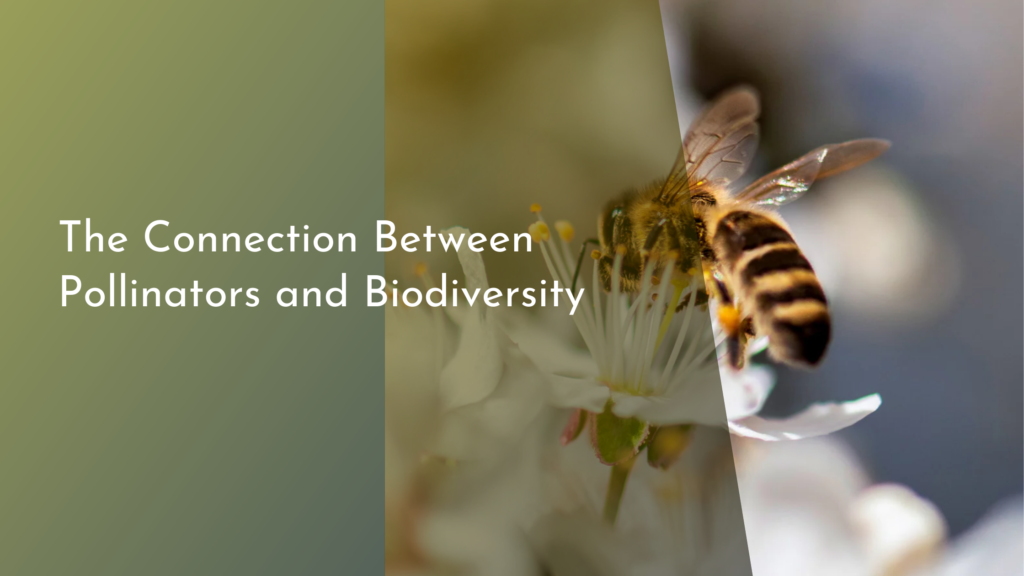Practical Principles of Bioengineering in Gardens
Bioengineering is a fascinating field that intersects biology with engineering principles, aiming to develop innovative solutions to pressing environmental challenges. When applied to gardening, bioengineering can significantly transform our approach to cultivating plants, promoting sustainability, and enhancing biodiversity. This article explores practical principles of bioengineering in gardens, offering insights into how science can cultivate a greener future.
Unlocking Nature’s Secrets: Bioengineering Basics for Gardens
Bioengineering in gardens starts by understanding the biological processes that underlie plant growth and health. This includes manipulating genetic material, enhancing soil health, and understanding the relationships between plants and their environments. Through techniques such as genetic modification or selective breeding, gardeners can create plant varieties that are more resistant to pests or diseases, allowing for healthier ecosystems. These advancements not only improve yield but also reduce the reliance on chemical fertilizers and pesticides, promoting a more organic approach to gardening.
Moreover, bioengineering provides tools to optimize the use of resources like water and nutrients. For instance, bioengineered plants can develop deeper root systems, allowing them to access moisture from lower soil layers. This trait is particularly beneficial in regions prone to drought, enabling gardeners to maintain lush gardens while conserving water. As we unlock these secrets of nature, we can cultivate a deeper appreciation for how science complements traditional gardening practices.
Sustainable Solutions: Enhancing Plant Growth with Science
Incorporating bioengineering techniques in gardens leads to sustainable solutions for enhancing plant growth. One notable approach is the use of biofertilizers, which are derived from natural organisms that help enrich soil fertility. These biofertilizers can improve plant nutrition, increase yield, and reduce the need for synthetic fertilizers, all while promoting a healthier soil ecosystem. By fostering beneficial microbes, gardeners can create a thriving symbiosis that supports plant health and resilience.
Additionally, climate-resilient crops developed through bioengineering are gaining popularity. These plants are bred to withstand extreme weather conditions such as heat waves, floods, and pest outbreaks. By selecting and engineering traits that enhance survival in unpredictable environments, gardeners can ensure bountiful harvests in the face of climate change. Embracing these sustainable solutions not only benefits individual gardens but also contributes to global efforts aimed at achieving food security.
Creative Techniques: Boosting Biodiversity in Your Garden
Boosting biodiversity in gardens is essential for maintaining healthy ecosystems and can be achieved through innovative bioengineering techniques. One effective method involves planting companion crops that can synergistically enhance each other’s growth. By strategically selecting plant pairings, such as tomatoes and basil, gardeners can create a vibrant, diverse environment that attracts beneficial insects and pollinators while deterring pests. This natural balance reduces the need for chemical interventions and fosters a thriving garden ecosystem.
Furthermore, bioengineering also supports the cultivation of native plant species, which are crucial for local wildlife. By promoting genetically diverse populations of these plants, gardens can serve as sanctuaries for native pollinators and other beneficial organisms. This focus on biodiversity not only enriches the garden but also helps mitigate the impacts of invasive species, creating a more resilient environment. By embracing these creative techniques, gardeners can become stewards of biodiversity, contributing to the health of the planet.
Future of Gardening: Embracing Bioengineering Innovations
The future of gardening is undeniably bright with the advent of bioengineering innovations. Researchers are constantly developing new technologies, such as CRISPR gene editing, which allows for precise modifications to plant genomes. This technique opens up possibilities for creating crops with improved nutritional content, resilience, and growth rates. As these advancements become more accessible, home gardeners can adopt cutting-edge techniques to enhance their own gardening endeavors and contribute to the larger agricultural landscape.
Moreover, the integration of smart technology with bioengineering practices is revolutionizing gardening. Sensors and data analytics can monitor soil health, plant growth, and environmental conditions in real-time, enabling gardeners to make informed decisions. This synergy between technology and bioengineering not only streamlines gardening practices but also promotes sustainability and resource efficiency. As we look toward the future, the combination of innovation and nature will pave the way for a new era of gardening, where beauty, biodiversity, and sustainability thrive together.
In conclusion, the practical principles of bioengineering in gardens hold great promise for enhancing both our gardening experiences and the health of our planet. By unlocking nature’s secrets, implementing sustainable solutions, and exploring creative techniques, we can elevate our gardens into thriving ecosystems. As we embrace these innovations, the future of gardening looks increasingly vibrant and sustainable, inviting everyone to participate in cultivating a greener, more biodiverse world. So, grab your gardening tools and let science guide you to a flourishing garden adventure!

